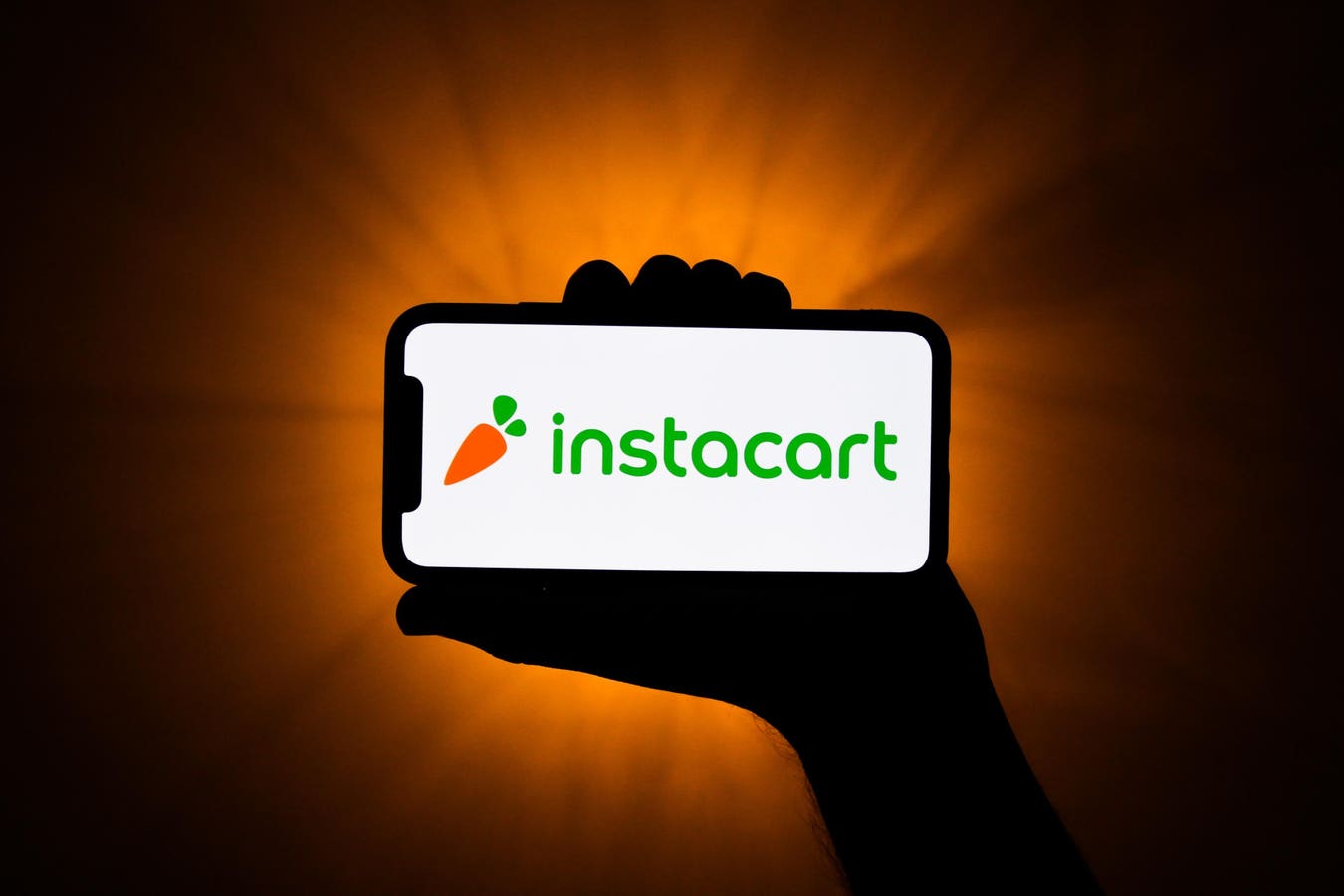When Instacart came out of the gate with its IPO on September 18, it made its debut dressed up in green finery that few others have bothered to don in the digital era: Its business had already been turning a profit since 2022, and “that trend has continued in the first six months of 2023.”
While some would argue that this was a delivery story, a digital-company story a market story, it is in fact more of an advertising, retail media and search story.
When Amazon went public in 1997, it was losing $5.78 million a year. When Twitter went public in 2013, its net losses for the same period were $69.3 million. When Doordash IPO’d in 2020, it reported $1.9 billion in revenue for the first nine months of that year and a net loss of nearly $150 million.
A look at the S-1 filing from Instacart tells how the narrative has changed and become about advertising as a key to market launch and performance.
Roughly 28% of Instacart’s net income of $2.5 billion in 2022, or $740 million, was in advertising revenue and the company earned $428 million in profit, compared with a $73 million loss the year before. While it’s not something we’ve seen a lot in past filings for IPOs, it is something we are seeing more and more—that advertising is driving a whole different part of the economy than where it traditionally operated. “Retail media” is all the hype in the ad business, and for good reason.
At Amazon, ads accounted for about 10% of revenue in 2022 and the company made $37.7 billion in revenue through advertising last year. In the fiscal year 2022, Walmart’s global advertising business generated $2.7 billion in revenue. Nowadays it’s not the publishers and platforms to watch for advertising gains, but it’s other companies stepping into a new world of tech that allows them to become vehicles for messaging.
Instacart might have begun in 2012 as a logistics business to connect consumers with contractor workers who could shop for them. But it has evolved into a platform business for connecting customers via advertising with consumer products companies.
Let’s look more closely than others have at what makes up the advertising revenue at Instacart.
On the September 18 launch, 5,500 CPG brands were using Instacart Ads. Clearly that included some smaller companies, but it also laid claim to mammoth CPG brands like Kraft Heinz, General Mills, Ben & Jerry’s, Sunkist, PepsiCo (an investor, too) and Breyer’s.
Unlike other retailers turned retail media advertisers like Target (which is one of the few to disclose retail media revenue and now has $1 billion coming in from advertising in 2022,) Instacart has taken it one step further: Instacart launched new retail media ad-tech service that delivers ads on grocers’ sites and apps.
Instacart is adding new display advertising offerings, specifically “shoppable products brand pages to serve as destinations for on- and offsite media.”
Perhaps most telling? The words advertising, advertiser and advertise appear 301 times in the S-1; delivery appears just 171.
And that last point brings us to another truism about advertising networks today: If you want to be winning, you’d better make your own search offering a key part of the mix. Instacart first introduced paid search in 2019, which is the same time it introduced advertising—with good reason. Search is where expressed intent is assumed to be highest.
In May, Instacart launched a new AI search tool powered by OpenAI’s ChatGPT called Ask Instacart that offers “personalized” product recommendations. In other words, it suggests things like what else you should buy (need mayo with that sandwich meat?) or answers questions (what are healthy snacks for kids?).
As we’ve seen, consumers have learned to fragment and evolve their search for years. People aren’t just typing in a search term on the traditional engines—they’re searching and consuming in context, on Amazon, Netflix or Expedia, and increasingly on any of a zillion specialized apps.
Whether Instacart will thrive long term is still an open question: The stock price popped on the first day making the founder a billionaire, but has since drifted below the IPO price.
It’s a hard truth but the delivery part of Instacart’s business is stalling—grocery orders in the first half of 2023 were flat. Once worth $39 billion in the private markets—to be fair, back in the darkest don’t-go-out days of the pandemic—the company has also slashed its valuation several times, most recently to $10 billion. And Instacart relies heavily on a few large grocery retailers like Kroger and Costco for orders, leaving it vulnerable if one of those chains switched to a competitor—or started their own services.
But this is an advertising story first—and there, Instacart has done some of the most creative things with its partners and we’ll see how much it can continue to rely on that revenue, on the growth in that revenue, to drive more grocery orders from its buying customers while also maintaining the loyalty of an ever-more skeptical cadre of contract workers who will like every other worker lately in the U.S. be looking for more.
Retail media is the hot story of the moment—as places like Washington, D.C., and Brussels miss the bigger picture and focus solely on the platforms, with a kind of old-fashioned media mindset of “advertising as a support for media.”
As Instacart’s story shows, we are in a world where advertising has gone to an entirely different place.
Read the full article here





